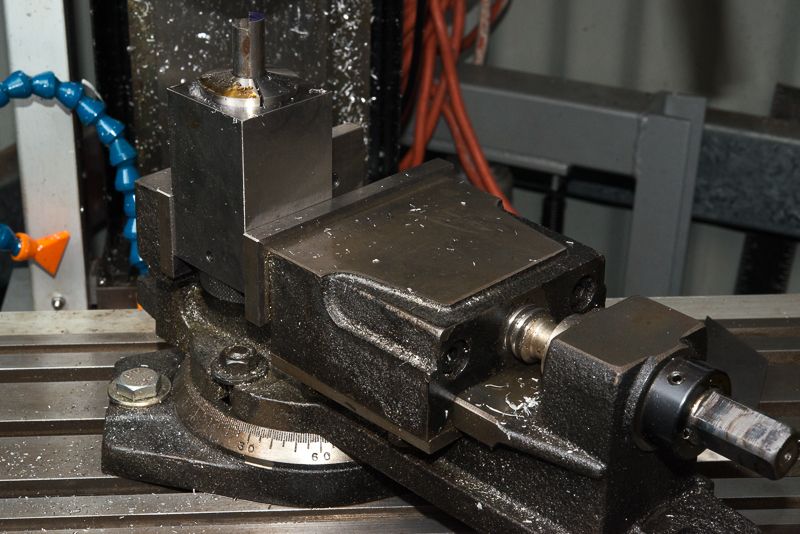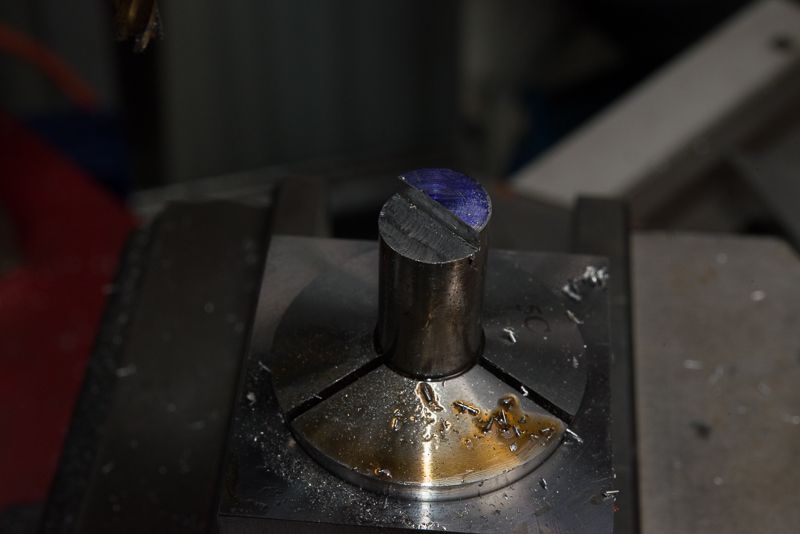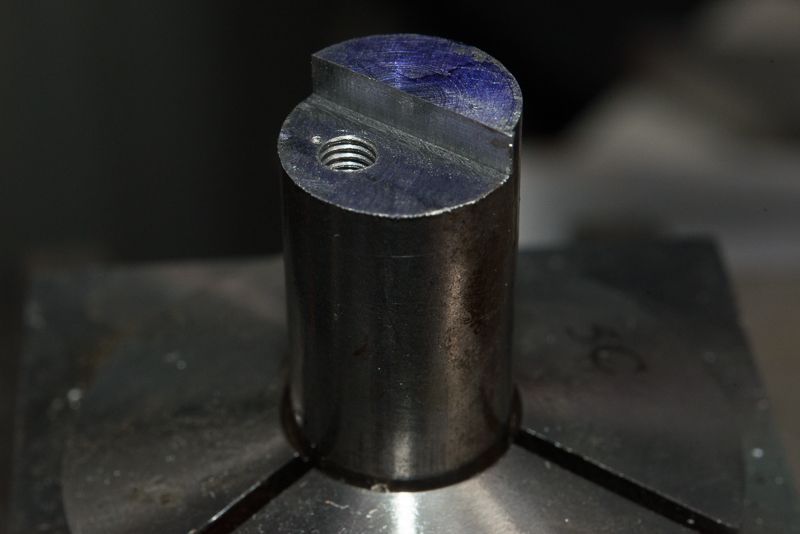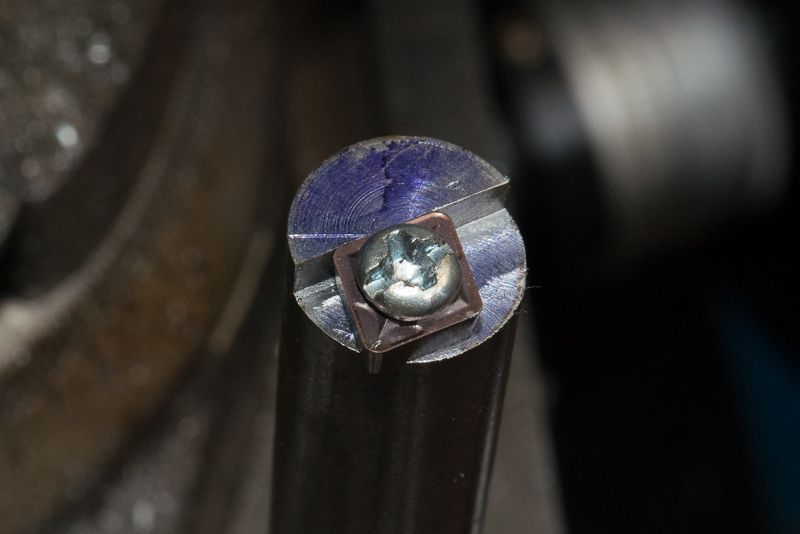rodw
Well-Known Member
- Joined
- Dec 2, 2012
- Messages
- 1,146
- Reaction score
- 340
Rod--I think that would work excellent. As far as approaching the ball--I think you have to approach it from the one end until half the ball is formed, then approach it from the other end until the other half ball is formed. As long as you set the tool height so that it matches the top of the piece when you have the handle straight up, no farther set up is necessary. Just don`t swing past center when forming either end. ---Brian
Brian, thanks, the cutting edge of this tool would be the end of the rod so it is more suited to being fed from the side. well I think that is the case. I think this replicates pretty closely what would happen if you use the same insert for turning.
Inserts are often used for ball turning but they use triangular or rhomboid inserts not square ones. I'm sure I've seen one with a triangular insert in the end of a bar for use on a boring head. The holder wasn't cranked though (why would you do that?) it was just a straight bar, although the insert may have been presented at a slight angle.
Not the one I've seen before but a similar design:
http://i207.photobucket.com/albums/bb93/blacksmithden/Radiustool-bitholder_zps24d0901a.jpg
I looked at a couple of inserts I had on hand but chose the CCMT as I had a lot more of them!
The perspective of the drawing is deceiving, but the insert shown is a rhomboid shape. the tool is not actually cranked, just milled away for relief from a straight shaft. In practice, I don't think it will need to be machined as shown.
The key is to make sure the tool has the same geometry and can cut on each side. (I think). I did not want to have to order in another insert.









